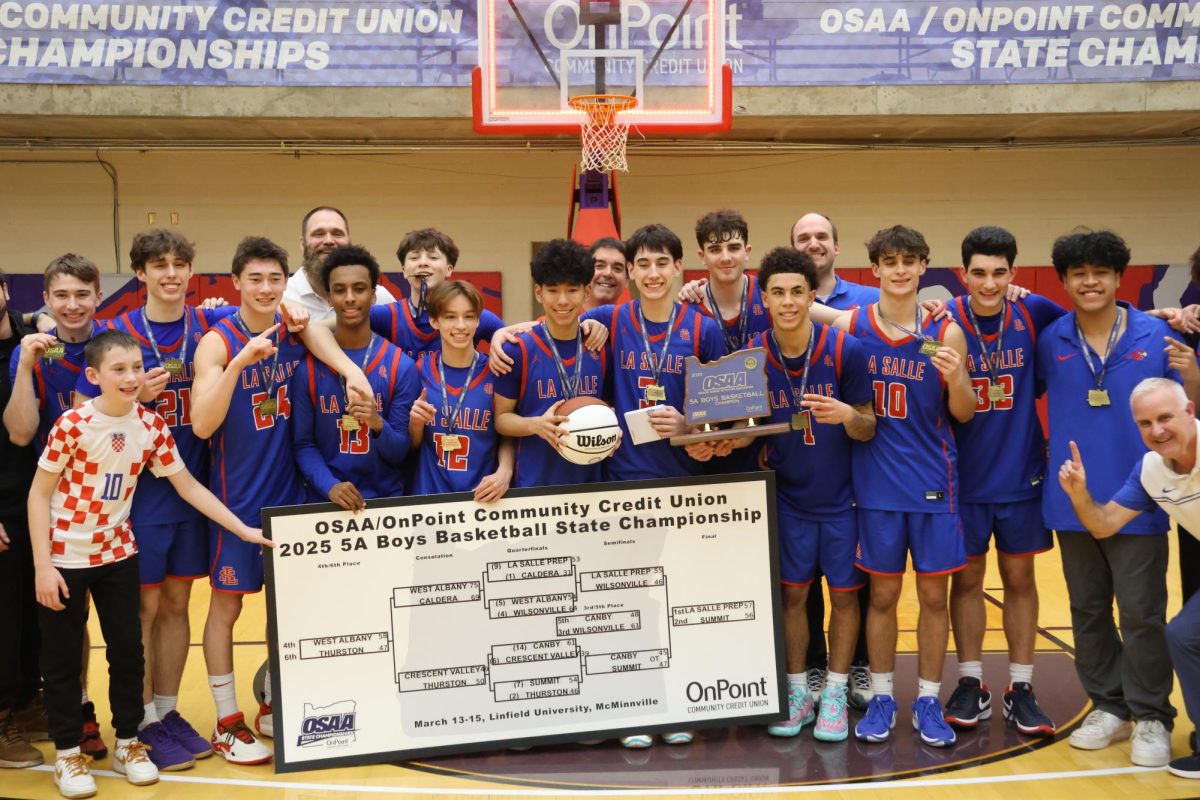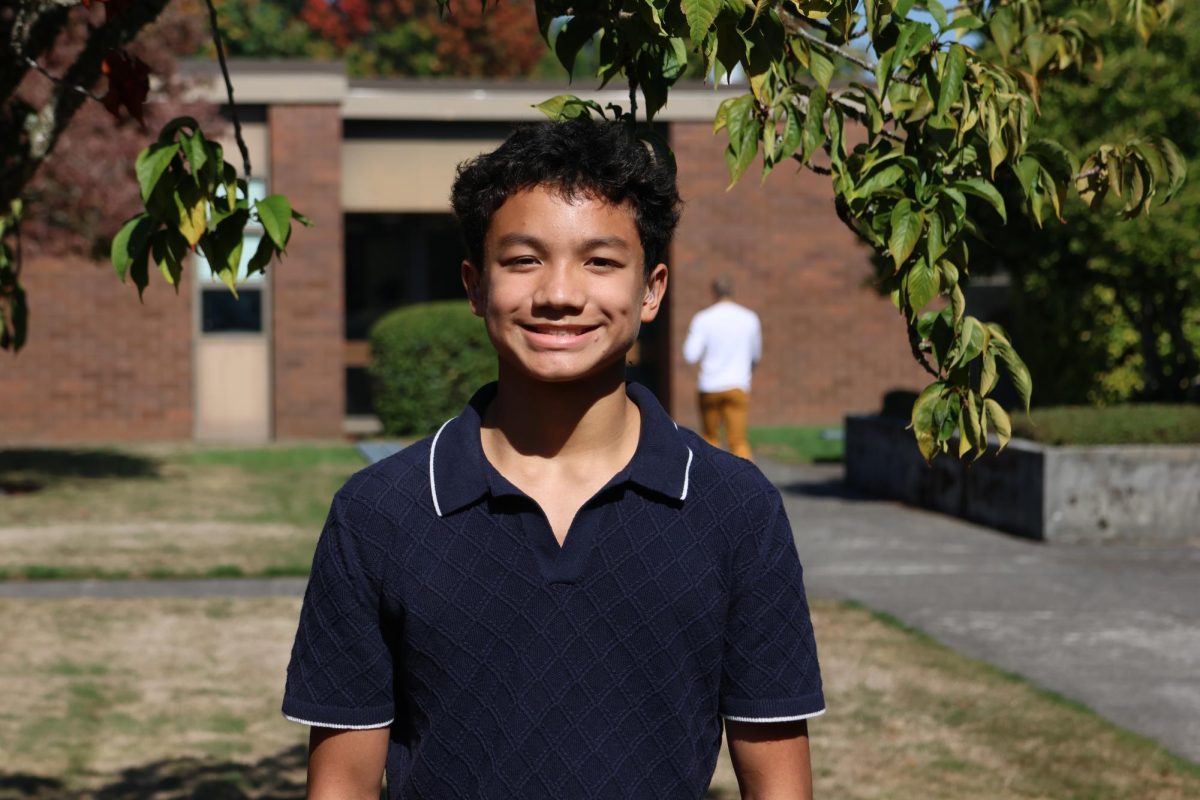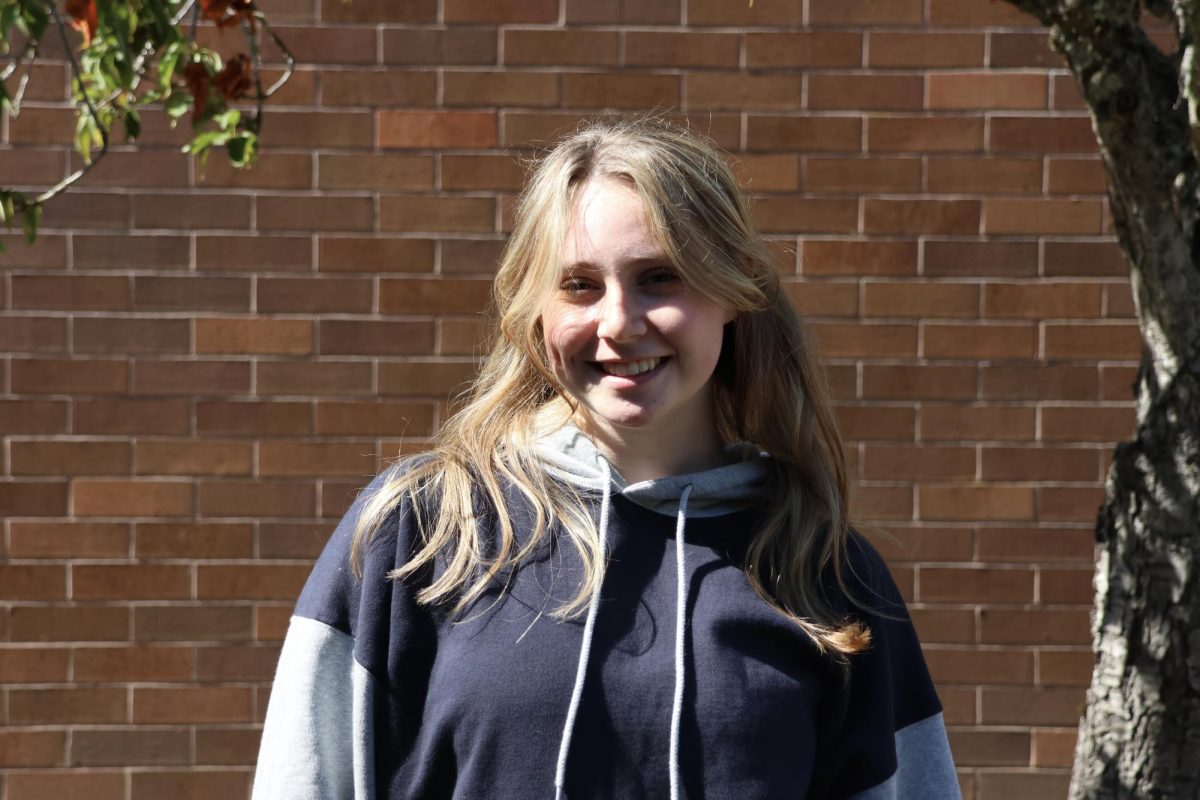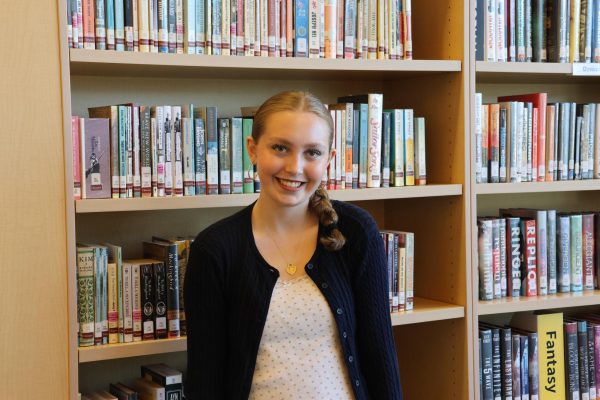Imagine living in a world where it is a struggle to do basic everyday tasks, made worse through continuous dismissal from others and somewhat frequent feelings of isolation that come with their experiences.
That is what life can look like for those living with invisible disabilities.
Invisible disabilities — defined as a “physical, mental, or neurological condition that is not visible from the outside, yet can limit or challenge a person’s movements, senses, or activities”— are experienced by an estimated 10% of the 61 million people with disabilities in the U.S.
This means that many of those with disabilities may actually have conditions that numerous people may never know about.
For junior Addy Lee, managing her personal difficulties is a constant and often silent battle.
Becoming diagnosed with a chronic illness in second grade, Lee said that this journey has been full of growth. Now living with three chronic illnesses, Lee said they are all “lifelong, [and] without a cure.”
Among the three, one of her most demanding to deal with is Postural Orthostatic Tachycardia Syndrome or “POTS,” which in her case is commonly accompanied by dizziness, lightheadedness, and even passing out.
Despite possible coping mechanisms in her disposal, this illness is typically chronic, meaning it will last throughout an individual’s full life. Additionally, POTS has been shown to be more common in women than men. Statistically, 1 in 100 people have it, making it something that multiple La Salle students suffer with daily.
Senior Audrey Schuster, who also has been diagnosed with POTS, endures similar symptoms to Lee in her everyday life. While her symptoms tend to be less extreme than Lee’s, Schuster also suffers from depression, anxiety, and another chronic illness called Lyme disease.
“I just get to have anxiety, it’s a part of me,” she said. “Same with the depression.”
She also added that having these conditions just adds to her as a person, explaining that “I kind of see it as a superpower rather than a thing that I just have.”
In Schuster’s daily life, school can end up being unrealistic because in her mind, one recovery day at home is better than multiple. This way of life can look different from other students around her, as she deals with a significant amount on a mental scale each day.
When referring to her condition, specifically depression, she said “it’s caused a lot of just upset in my life, it’s caused me to not live the life that I wanted.”
Along with Schuster, for many others this is what life can look like. Even with clear diagnosable conditions and evidence of struggle, often individuals are dismissed because what they express is not as evident as more visible disabilities.
In the case of sophomore Abby Martin, who is also diagnosed with chronic Lyme disease, she described how doctors have previously told her that what she is experiencing was an attempt for attention.
Junior Ashton Torrey had a similar experience while living with Tourette syndrome as a child, which was often accompanied by doubts on his condition, especially by past teachers.
The common lack of knowledge and confusion when it comes to a clear understanding of various struggles can impact individuals, as it can feel like separation from others in a way. Due to this, mental health can spiral, leading to forms of isolation and exposure to more barriers in life.
Senior Maria Buczkowski understands this feeling of isolation due to her diagnosis of ADHD.
“At school, it’s kind of isolating,” she said. “I’m always on my medication, and my medication kind of makes me a little quiet.”
Junior Kyver Johnecheck, who also has ADHD along with dyslexia, shared that as a child, “I wasn’t like other kids,” he said.
For Schuster, at times just getting out of bed is a difficult task for her, as she also struggles with the isolation aspect.
“I mean it’s truly like I can’t physically get out of bed,” she said. “It’s having complete sadness and feeling completely alone, even though you might not physically be alone, but that is debilitating, there’s nothing you can do about it.”
Isolation can also take on other forms in individuals, which is not unusual for those with struggles more unknown to others.
Martin, who has a plethora of symptoms that come along with her Lyme disease, expressed how people easily make assumptions about what she truly endures.
“I’ve told people I have Lyme, and they’ll step away and they’ll be like, ‘are you contagious?’” Martin said, whose condition is not transmissible.
Confusion or lack of understanding is a common response for those encountering a new condition for the first time and unaware of what it is. Sometimes, however, that can turn into judgement.
Torrey said that with Tourette syndrome, “I could feel judged, because, I mean, it happens in public everywhere.”
For these students, the symptoms and experiences can take a range of forms. While the struggles can spark outside attention, the individual’s own personal needs are usually more pressing.
With chronic Lyme disease — which was transmitted via a tick bite — Martin has a variety of other different symptoms, including her inability to eat many different types of foods like dairy, wheat, or red meats.
This means that she is often unable to go out to eat with her friends, which is a common high school activity.
Yet, through all of this, Martin has made a lasting friendship with Lee, who she said can understand her to a level many others cannot.
Their friendship started through volleyball, although they did not interact much until Martin came to La Salle. “Now she’s one of my closest friends,” she said.
Schuster too has developed a support system, helping her in all aspects of her journey. One of her main supporters through it all has been her sister.
“My sister’s been there, and she’s sat there and listened to me cry and talk about stuff,” she said.
Receiving support from his parents, Johnecheck is often given assistance with advocating for himself, something that has been helpful for developing accommodations.
The counseling program, which is the source of providing many forms of academic accommodations, has become a valuable aid to students in a position similar to these students.
Lee is appreciative of the counselors, who, along with Martin, feel have helped with keeping in frequent communication with teachers.
“I think my support system at school is pretty good,” Lee said. “Working with counselors and stuff helped, [with setting] up a good plan.”
Because school can cause many stressors, students with these disabilities are met with additional issues in their daily lives.
For Buczkowski, it has an impact on tests, which are a large portion of school and grades.
“It affects my tests a lot. I am a terrible test taker. I hate tests,” she said. “I get sweaty and shaky before tests, and I just forget everything the second I look at it.”
With Lee, it has an impact on school gatherings, like assemblies.
“Typically assemblies make things worse because there’s so many people, so the gym gets really hot,” she said.
And with Torrey, school has an impact on his emotions, which become difficult to manage as the day progresses.
“So what’s actually weird about it is, I can actually control [my tics] a little bit, like stop them from happening, but it [raises] my emotional status. So I might get a little irritated because I didn’t let my body do what it wanted to do,” he said.
The added stress that originates from school can also become a trigger for symptoms, like in the cases of Schuster and Martin who experience that increase mainly during final testing periods throughout the year.
Amid the many hardships, developing strategies that can help combat the negativities is a viable solution for these students.
“I don’t have the best coping mechanisms — usually I try to just suck it up, and if I can’t, because my dad tells me a lot, he [will] tell me ‘drink water, drive on,’” said Martin, who uses that phrase as her motto in hard situations.
Another commonly used resource is therapy and Buczkowski feels it has been beneficial to her well-being, saying “having therapy as an outlet to talk about things was very nice and needed.”
While the growth when dealing with the complexity of invisible disabilities has been hard for students, learning to live with them can help breakthroughs occur. For Torrey, having Tourette’s has helped him to better be himself.
From the growth comes reflection and consideration, something that has allowed Schuster to understand that living with many conditions should not restrain her or anyone else.
“I hope people live every day to the fullest,” she said. “Don’t take the small things for granted.”
Additionally, she added a message emphasizing the phrase above saying, “it is a privilege to have a healthy and strong body and you never know when it could change.”
Martin echoed this perspective on the importance of encouraging awareness, saying that people should “just be aware and be compassionate.”























Tom McLaughlin • Jun 10, 2025 at 10:27 am
Beautifully written, Kaitlyn. Thank you for exploring and writing about this issue with curiosity and compassion. And to the students who told their stories, thank you, thank you for your transparency. You are helping the community open their minds and hearts to the reality that there are so many struggles we humans experience, and the ideal approach to every person and each moment is compassion.
Chris Babinec • May 22, 2025 at 8:55 am
What a thoughtful and important piece! Thank you for covering these students and exploring this topic!